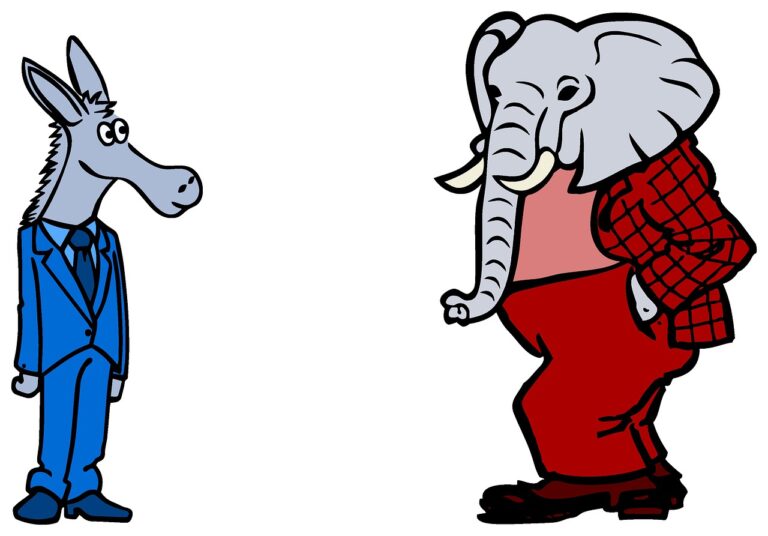Exploring the Use of Predictive Analytics in Voter Behavior Prediction
allpanel login, mahadev online book, cricket online id:Exploring the Use of Predictive Analytics in Voter Behavior Prediction
In the era of rapidly evolving technology, the use of predictive analytics has become increasingly prevalent across various industries. One area where predictive analytics has shown promising potential is in voter behavior prediction. By analyzing past voting behavior, demographic data, and other relevant factors, predictive analytics can help political campaigns understand and target voters more effectively.
How Predictive Analytics Works in Voter Behavior Prediction:
Predictive analytics in voter behavior prediction involves the use of statistical algorithms and machine learning techniques to analyze patterns in voter data. By examining past voting behavior, demographic information such as age, gender, income level, education, and other factors, predictive analytics can identify trends and predict how individuals are likely to vote in future elections.
Through the use of data mining, machine learning, and predictive modeling, political campaigns can gain insights into voter preferences, motivations, and behaviors. This information can then be used to tailor campaign strategies, messaging, and outreach efforts to target specific voter segments more effectively.
The Role of Big Data in Voter Behavior Prediction:
Big data plays a crucial role in voter behavior prediction by providing a vast amount of information for analysis. With the proliferation of digital technology and social media, political campaigns have access to a wealth of data on voter behavior, preferences, and sentiments.
By leveraging big data analytics tools, political campaigns can process and analyze large volumes of structured and unstructured data to identify patterns and trends in voter behavior. This data can include social media interactions, online search behavior, survey responses, and other sources of information that can provide insights into voter preferences and motivations.
Challenges and Ethical Considerations:
While predictive analytics can provide valuable insights into voter behavior, there are also challenges and ethical considerations to consider. One concern is the potential for bias in the data used for analysis, which can lead to inaccurate predictions and reinforce existing inequalities.
Additionally, the use of personal data for voter behavior prediction raises privacy concerns and ethical questions about the transparency and consent of data collection and analysis. Political campaigns must ensure that they comply with data protection regulations and ethical guidelines when using predictive analytics for voter behavior prediction.
Benefits of Predictive Analytics in Voter Behavior Prediction:
Despite the challenges and ethical considerations, there are several benefits to using predictive analytics in voter behavior prediction. By leveraging data-driven insights, political campaigns can optimize their strategies, target specific voter segments more effectively, and allocate resources efficiently.
Predictive analytics can also help political campaigns identify swing voters, undecided voters, and potential supporters who may be influenced by targeted messaging and outreach efforts. By understanding voter preferences and motivations, campaigns can tailor their messages to resonate with different voter segments and maximize their impact.
Future Implications and Trends:
As technology continues to advance, the use of predictive analytics in voter behavior prediction is likely to become even more sophisticated and nuanced. With the rise of artificial intelligence, deep learning, and natural language processing, political campaigns can harness the power of predictive analytics to gain deeper insights into voter behavior and preferences.
In the future, we can expect to see more personalized and targeted campaign strategies that leverage predictive analytics to tailor messaging and outreach efforts to individual voters. By harnessing the power of data and technology, political campaigns can engage with voters more effectively and drive voter turnout in elections.
In conclusion, the use of predictive analytics in voter behavior prediction offers immense potential for political campaigns to understand and target voters more effectively. By leveraging data-driven insights, campaigns can optimize their strategies, allocate resources efficiently, and engage with voters in a more personalized and impactful way. While there are challenges and ethical considerations to navigate, the benefits of predictive analytics in voter behavior prediction are clear. As technology continues to evolve, we can expect to see more innovative and data-driven approaches to engaging with voters in future elections.
FAQs:
What is predictive analytics?
Predictive analytics is the use of statistical algorithms and machine learning techniques to analyze patterns in data and make predictions about future events or behaviors.
How is predictive analytics used in voter behavior prediction?
Predictive analytics in voter behavior prediction involves analyzing past voting behavior, demographic data, and other relevant factors to predict how individuals are likely to vote in future elections.
What are the benefits of using predictive analytics in voter behavior prediction?
The benefits of using predictive analytics in voter behavior prediction include optimizing campaign strategies, targeting specific voter segments more effectively, and allocating resources efficiently.
What are some challenges and ethical considerations in using predictive analytics for voter behavior prediction?
Challenges and ethical considerations in using predictive analytics for voter behavior prediction include bias in the data used for analysis, privacy concerns, and ensuring compliance with data protection regulations and ethical guidelines.






